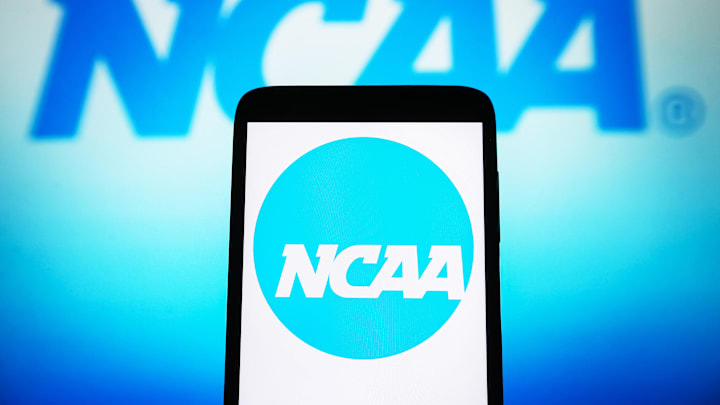After NCAA settlements, schools can now pay players directly: How 100-year change affects Texas A&M
On Kyle Field this fall, Texas A&M fans will see something that hasn't happened in over 170 years of collegiate sports: players that are officially compensated by the university. After the conferences that make up the NCAA voted to accept settlement terms for three different cases, a plan is moving forward to compensate past and current athletes to the tune of $2.7 billion in total, paid out over a 10-year period.
The NCAA and its leagues are moving forward with a multibillion-dollar settlement agreement that will allow schools to directly pay players for the first time in the history of college sports. https://t.co/XaVgW9306B
— ESPN (@espn) May 24, 2024
ESPN's Dan Murphy and Pete Thamel report that there is also a provision in place for a revenue-sharing model with athletes that will allow schools to share up to $20 million each year. Importantly, this money comes directly from the school, rather than third-party NIL deals.
Athletes who played as far back as 2016 are allowed to opt in to the aforementioned $2.7 billion settlement and receive funds that they were owed. Those who opt in are not allowed to sue the NCAA for antitrust violations.
This appears to just be the beginning, too, as there are still ongoing lawsuits by several parties, including one from former Colorado RB Alex Fontenot (who was part of that Buffs team which the Ags defeated in an ugly 10-9 win in Denver in 2021), who is suing the NCAA for its restrictions on TV revenue sharing with athletes. Things like collective bargaining agreements could be in the near future as well, depending on the outcome of some of these cases.
What does NCAA settlement mean for Texas A&M?
The prescience of the Texas A&M brass to act with foresight this past spring, hiring Trev Alberts as AD, appears to be paying off. Alberts has been very future-focused when it comes to this issue, and looks to have been putting mechanisms in place to prepare for this change ever since he got to campus.
For that reason, I believe that Texas A&M is well-prepared for this new world of collegiate athletics. As one of the top revenue-generating athletic departments in the nation, the Aggies will be ready for what is coming down the pike.
For the immediate future, I expect to see a structure put in place on the school level to compensate the players in an organized way, such as we have come to expect out of the administration surrounding Elko and Alberts. I'll be interested to see how these structures that I anticipate emerging at schools around the country are parlayed as recruiting tools going forward.
This is a new age of college athletics, without a doubt. The future is uncertain, but I feel confident the Aggies are prepared no matter the eventuality.
